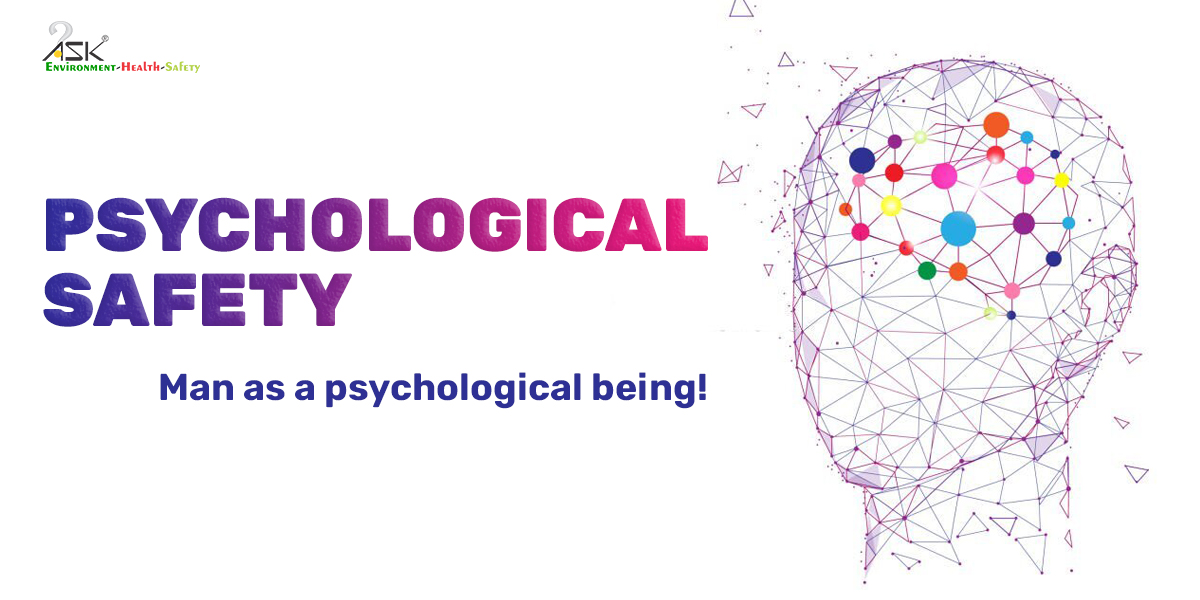Let’s be ALIVE

A titular statement laden with profound human health implications finds its roots within the newly launched WHO program: Global action plan on physical activity 2018-2030. The main goal of the program is to facilitate regular physical activity within the lives of citizens of the world to allay the chances of non-communicable diseases.
As countries develop economically, the levels of inactivity increase by (sometimes) as much as 70%, overall.
With this opening statement, WHO has thrust the problem of inactivity and sedentary lifestyles at the forefront of increased incidences in non-communicable and lifestyle diseases. Today, becoming active – participation in physical activity such as sports, cycling, going outdoors – has a lot to do not only with willingness but also access and policy making.
The new WHO program seeks to establish this through the following:
1) Create Active Societies – Social norms and Attitudes.
2) Create Active Environments – Spaces and Places.
3) Create Active People – Programmes and Opportunities.
4) Create Active systems – Governance and Policy enablers.
The fact that leading worldwide body on health monitoring and action is kicking off such a vital program is understandable. At the heart of it lies the universal approach of tackling any issue – prevention.
Developed economies situated within glass-cladded HVAC flushed environments, have become lethargic and fallen into a pattern of customizations that promote creature comforts over health benefits.
Comfort is an ‘in-built’ feature in each of our pursuits or actions within the urban civic lives. Physical activities don’t necessarily target comfort but they regulate our bodies by stimulating our physical and mental being.
Exercise and physical activity means that circulatory organs, nervous system and overall bodily functions are undergoing a series of steps that allow them to maintain biological balance.
In a world fraught with so many emerging threats, the least our bodies require before it escalates to a medical emergency is physical activity. The natural way our bodies have evolved over the years demands a physical component that ultimately shapes our bodily response and mental coherence under duress – diseases, illnesses and sudden changes in environment.
A regimen of physical activity has been shown to improve the overall biological performance in several instances over myriad studies. Yet, the compelling evidence falls short when we grapple with the real world scenarios. Evidence from physical activity studies in labs finds little to no relevance in the mindsets of millions of urban dwellers across the world.
This is where policy making and design can come together to serve the masses. Better and more inclusive staircases (HBR) are the simplest spatial integrations that can provide us with physical activity (with a chance of being creative) without being coercive.
Dedicated biking lanes and running trails with active engagement of road-users in their vehicles can make running and cycling a better and overall safer experience for everyone. This can be a good substitute to slapping auxiliary lanes with bike signs on them which have proven costly to municipal budgets and lives of unfortunate cyclists.
24×7 offices in business hubs and very large facilities can have niche co-working spaces that allow ‘time-out activity’ amenities. A platform for cross-domain collaboration within a sponsored environment is not only clever but it saves time, space and money. However, such perspective defining changes can only come from the top rather than plain HR initiatives.
Physical activity can be woven into our daily lives – schools already have programs in place. But, as we grow older the emphasis on being ‘outdoorsy’ and active gets lost. Reigniting this issue as we progress in our lives ranks among the foremost health challenges, in today’s urban lifestyle riddled world.
The simple trick to enable physical activity within your routine is to take the first step by thinking “out of structures”. The whole wide world is a gymnasium, it is but the effort and emphasis shaped within a habit that is lacking – YOU being the missing link between living a healthy lifestyle and staving off diseases and illnesses.


